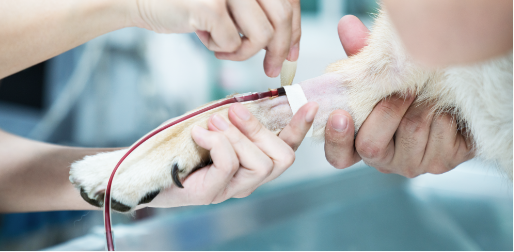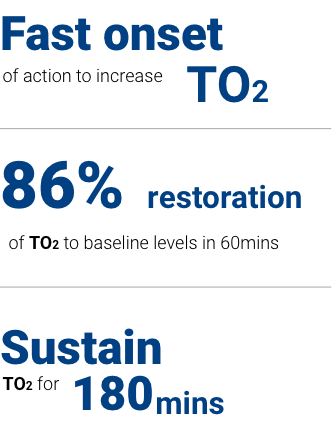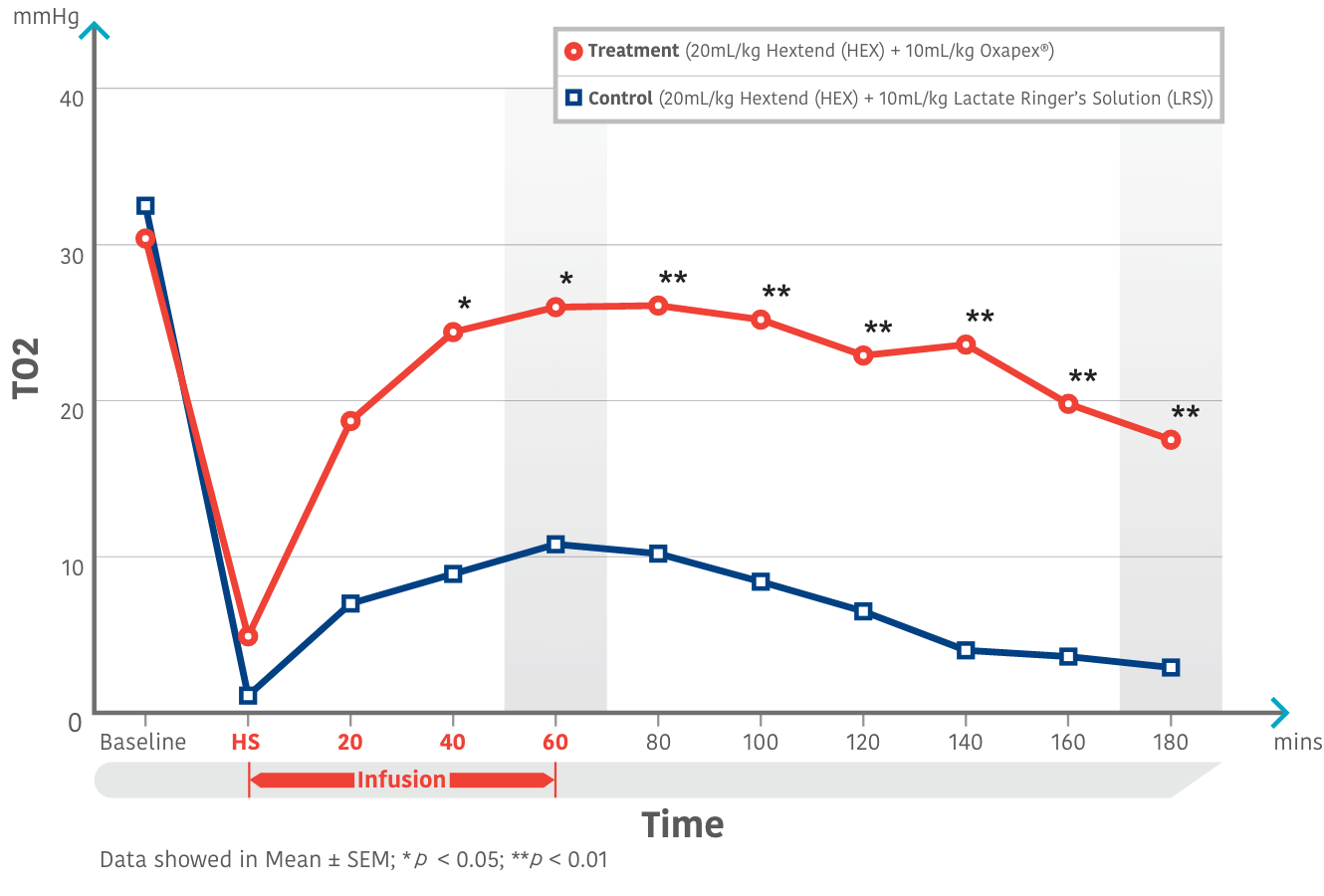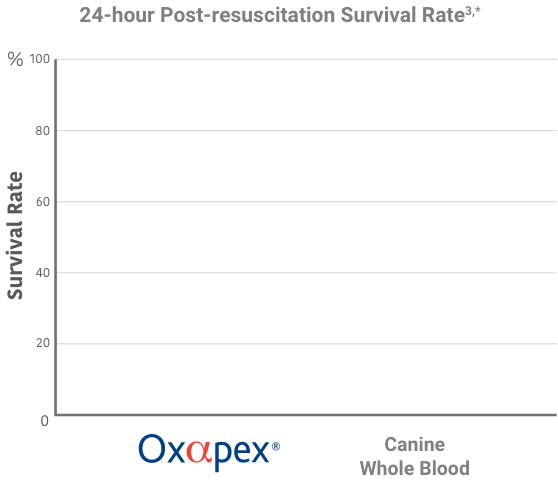Anaemic dogs are commonly seen in veterinary clinic practice. Anaemia, caused by several disease conditions including haemorrhage, immune-mediated diseases, cancer and infectious diseases1, results in tissue hypoxia and can require rapid intervention. However, a shortage of readily available canine blood products along with the tedious and time consuming process of organising blood donations, pose major challenges for the emergency management of anaemia in dogs2. To address this unmet need in veterinary medicine, an innovative therapeutic option has been developed.













